“CNBC is launching a new index focusing on younger people, younger workers, and younger investors. It is called the CNBC Next Generation 50 index. The index will track 50 equal-weighted stocks integral to lives and careers of millennials and those from Generation Z.” – CNBC
Why is that important?
Financial history is littered with the remains of ideas that marked the peaks and troughs of markets over time. From magazine covers to the world’s tallest skyscrapers to new investment products and strategies. Most proved to be the result of the psychology at that time, whether it was excessive bullishness or overwhelming fear.
For example, when individuals decide to build the next “World’s Tallest Skyscraper,” such would suggest the developer is exceedingly bullish about the future. But, of course, that “bullishness” is not found at market bottoms but obviously near peaks.
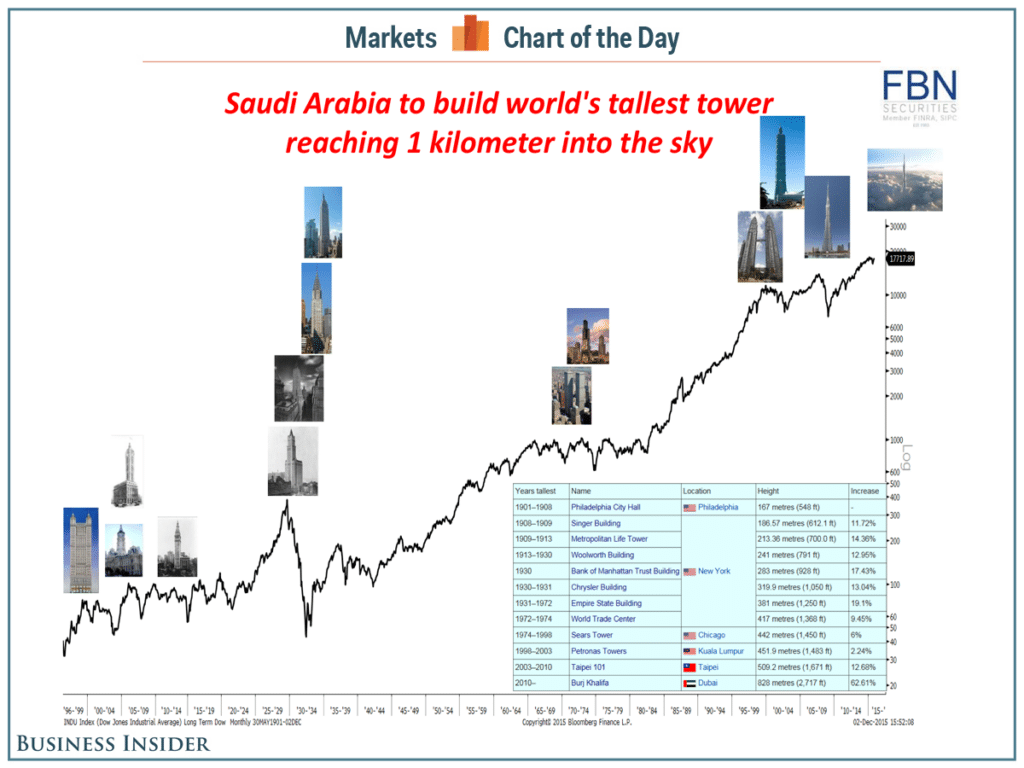
Likewise, launching a new index is also likely the byproduct of excessive bullishness in the financial markets.

The CNBC Index – A Byproduct Of Exuberance
Since the pandemic-driven shutdown in 2020, retail traders armed with stimulus checks and phone “app” invaded the financial markets looking for the next “get rich quick scheme.” From the March 2020 lows, the market surged higher as retail investors piled into the markets to chase the most speculative of assets from IPO’s to SPAC’s, to fundamentally bankrupt companies with massive short-positions, and use options to leverage their returns.
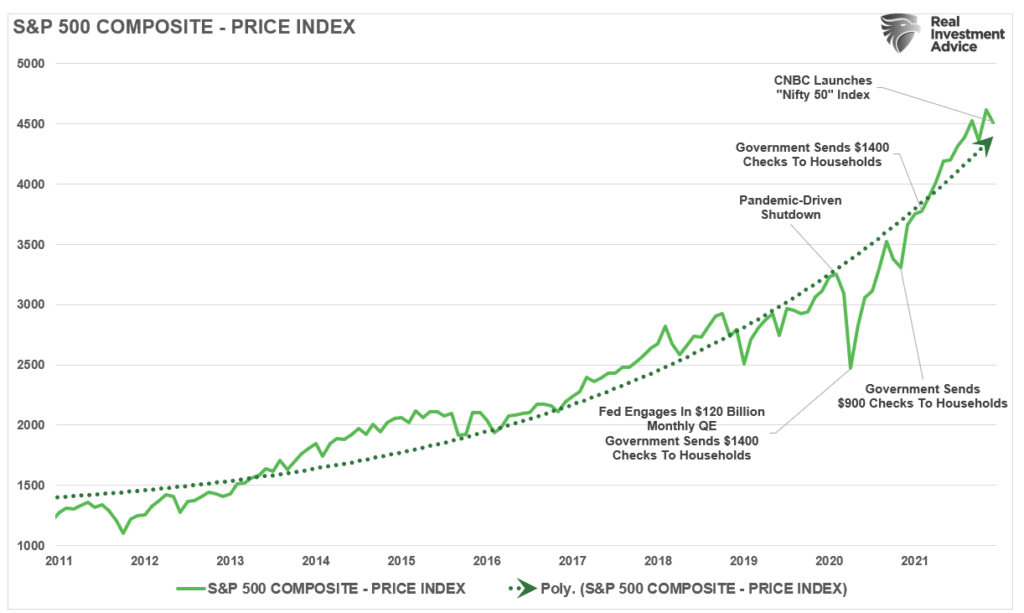
In “Stock Market Addiction,” I addressed the signs of these speculative excesses and reckless behaviors in the market. To wit:
“This type of market activity is an indication that markets have returned their ‘enthusiasm’ stage. Such is characterized by:
- High optimism
- Easy credit (too easy, with loose terms)
- A rush of initial and secondary offerings
- Risky stocks outperforming
- Stretched valuations”
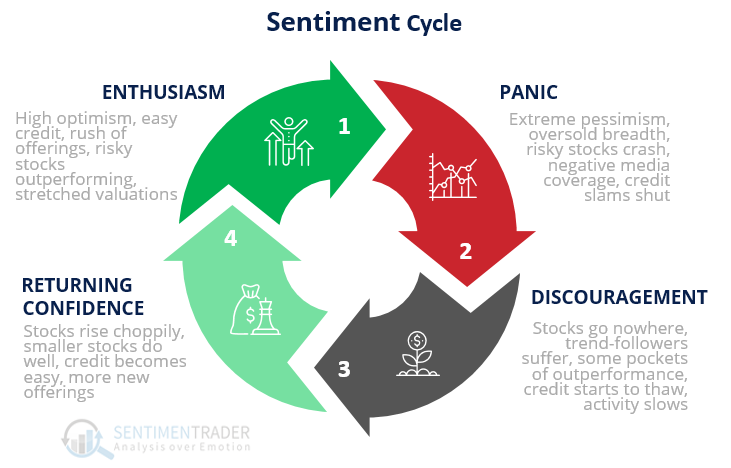
Of course, as is always the case in a “bull market,” current trends and rationals are believed to now be permanent. So it is not surprising that CNBC would create an index comprised of the stocks that young investors are chasing.
Unfortunately, as we will see in a moment, such would not be the first time.
A Fundamental Problem
But first, and most importantly, there is a fundamental problem with the CNBC Next Gen index.
The fundamental problem is simply the lack of “fundamentals.”
The index comprises 48 stocks and two cryptocurrencies (Bitcoin and Ethereum). The table below shows some of the fundamental data for each of the companies in the index. (Data is from Zack’s Research). A commonality between the majority of the index holdings is a lack of earnings.
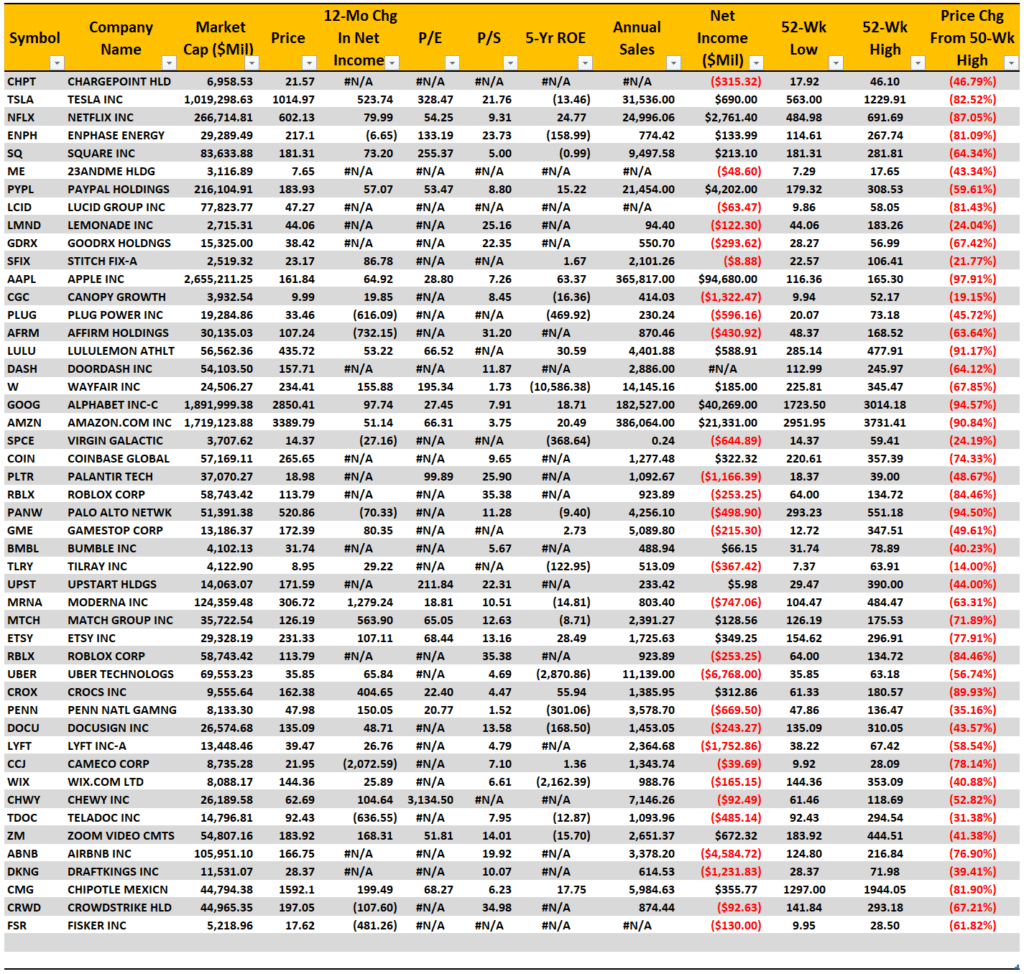
Another problem for the index will eventually be performance. As CNBC noted:
CNBC compiled the index after weeks of research from the networks’ younger reporters and producers working on both the television and digital sides of the business and with a final vetting from CNBC’s stock expert, Jim Cramer, a former successful hedge fund manager.
As a reference point, after compiling the basket of stocks, CNBC’s Data and Research team backdated the index to the start of 2021. Since then it is up more than 40%. However, it has also been a victim of the recent uncertainty and volatility and has dropped 17% in the last month.
As is always the case, valuations eventually matter. So when the “meme chase” ends, and it will, the massive underperformance this index will have relative to the S&P 500 will fuel its demise.
When young investors lose large chunks of the invested wealth, they will turn their back on these companies. As a result, the index will become the “poster child” for the speculative market mania.
As I said, this isn’t the first time we have seen CNBC do this.

A History Of Poor Outcomes
Knowledge vs. experience. When it comes to investing, such is what separates long-term success from failure.
Amid a “market mania,” retail investors, and the media gurus, believe they have “knowledge” as every investment they make seems to be successful. As the bubble inflates, continued success breeds over-confidence to the point where it is widely believed “this time is different.”
I previously discussed Charles Mackay’s book “Extraordinary Popular Delusions And The Madness Of Crowds.” As noted, that book was an early study in crowd psychology. To wit:
“Essential is the understanding of the role psychology plays in the formation and expansion of financial manias. From the 1711 ‘South Sea Bubble’ to the 2000 ‘Dot.com crash,’ all bubbles formed from a similar ‘panic’ by investors to chase ongoing speculation.”
For anyone who has lived through two “real” bear markets, the imagery of people trying to “daytrade” their way to riches is familiar. The recent surge in “Meme” stocks like AMC and Gamestop as the “retail trader sticks it to Wall Street” is not new.
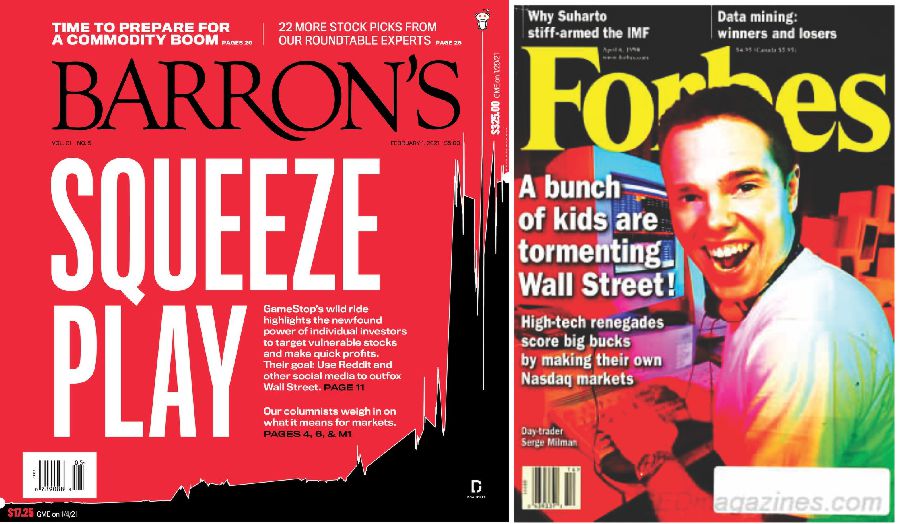
It wasn’t long after the turn of the century that “day traders” learned the harsh lessons of valuation and bullish extremes. The bull market of the 90s sucked in retail and professionals alike. It was then Jim Cramer published his famous list of “winners” for the decade in March of 2000.
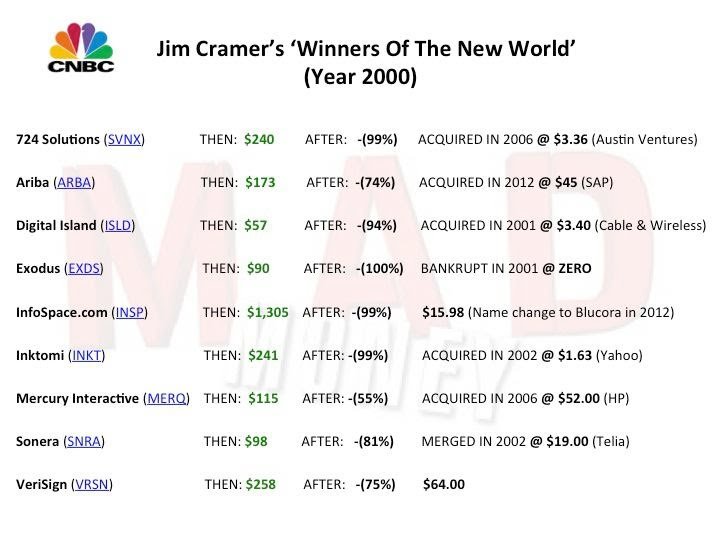
As Ray Dalio once quipped:
“The biggest mistake investors make is to believe that what happened in the recent past is likely to persist. They assume that something that was a good investment in the recent past is still a good investment. Typically, high past returns simply imply that an asset has become more expensive and is a poorer, not better, investment.”
CNBC’s index will likely get remembered as a sign of market exuberance.
Lance Roberts is a Chief Portfolio Strategist/Economist for RIA Advisors. He is also the host of “The Lance Roberts Podcast” and Chief Editor of the “Real Investment Advice” website and author of “Real Investment Daily” blog and “Real Investment Report“. Follow Lance on Facebook, Twitter, Linked-In and YouTube
Customer Relationship Summary (Form CRS)
Also Read



















